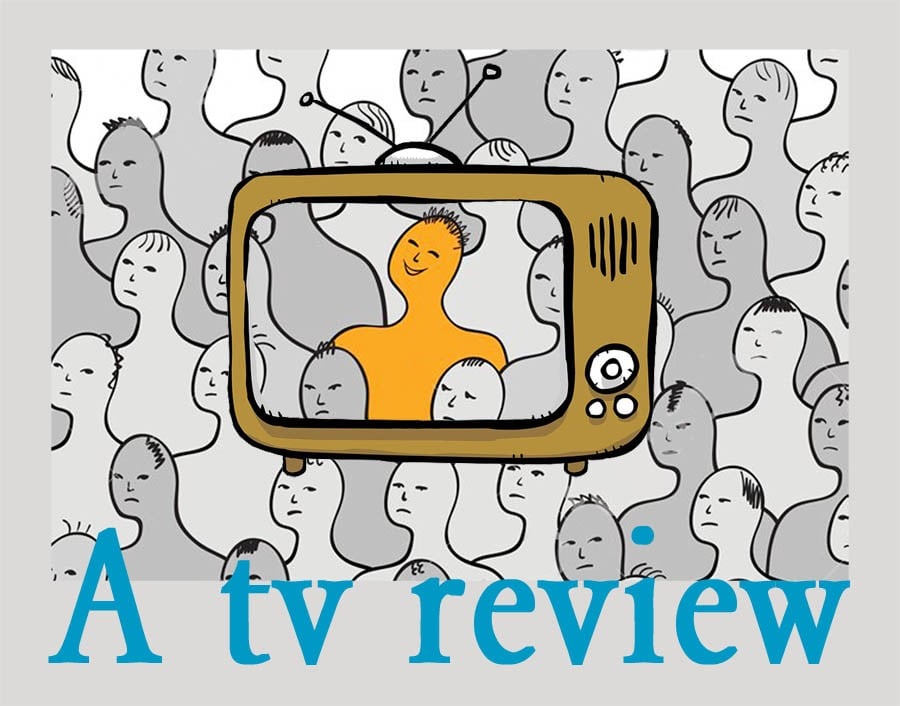

In 1996, the UN General Assembly proclaimed Nov 21 as the World Television Day. According to Wikipedia, there were about 11 abstentions to the vote and the criticisms against having such a day included the fact that a considerable world population had no access to this means of information and they would look at this day as a rich man’s day.
From 1996 till this day in 2017, much has changed. According to some reports, virtually all households in the developed world and 70 per cent of households in the developing countries now have a tv set of their own.
With such massive access to television and its 24/7 broadcasts where, according to some surveys, people are known to spend four to five hours watching television every day, it is crucial to look at the content and the quality of programming.
Read: A tv review
In our Special Report today, this is what we have attempted to do. The journey of television in Pakistan is, in many ways, related to the outreach of television in other countries, since this is technology that we are talking about, but the quality and treatment of content is also unique in many ways. Given our unique political history, it’s interesting how the first military dictator, Ayub Khan, brought television to this country in the 1960s and how the last military dictator allowed private news channels to flourish in the 2000s.
The relatively free media and an excess of it still reminds people of the glorious programming of the state-owned PTV. There is a critique of the news media in our report as well as a yearning for the intellectual content that we very ably produced and relayed. Is there lack of training that is impacting quality or is it the quality of training itself that is to blame? What about people who have stopped watching television altogether? This is the kind of tv review that we present in our Special Report.